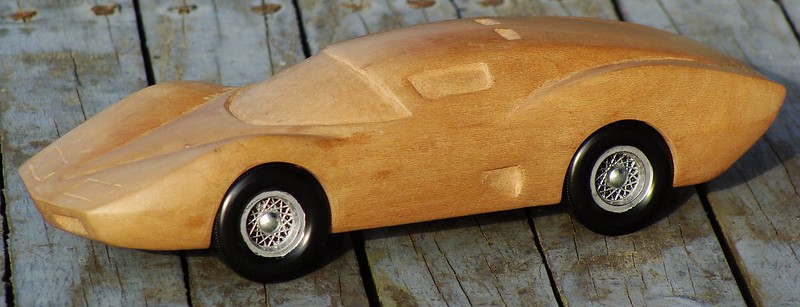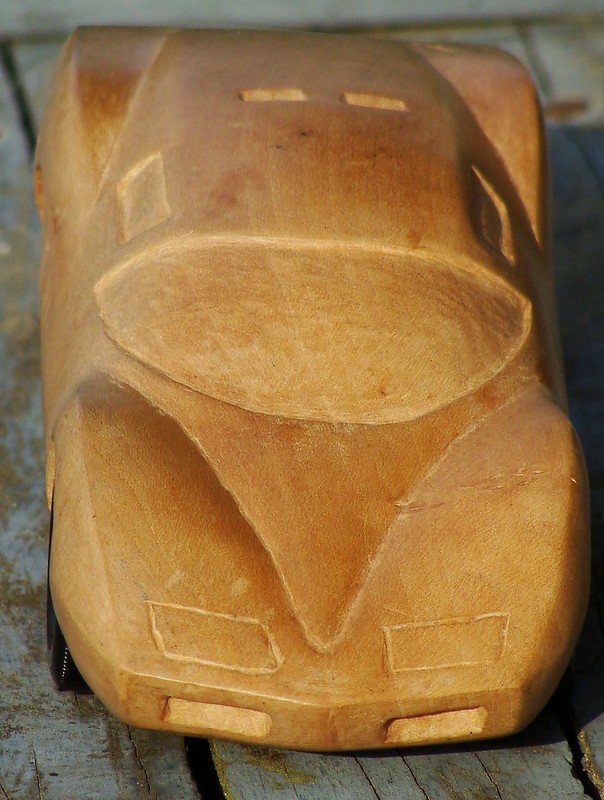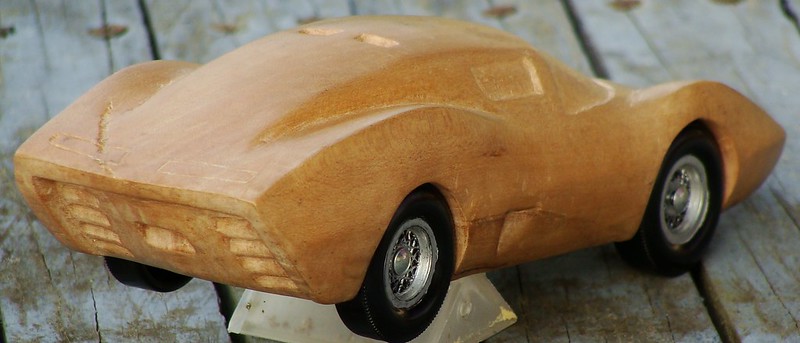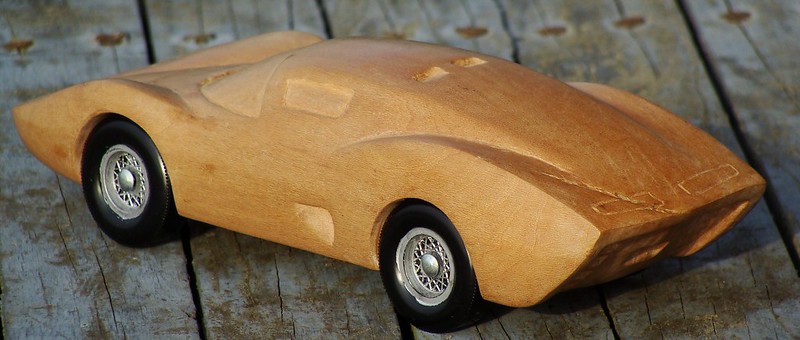Jerry Weigert had a dream while he was in college to create America’s first super sports car. After graduating from college, he formed a company named Vehicle Design Force based in Wilmington California and built a shell for the car with the help of Lee Brown. They named the car The Vector and planned to power the car with a Mercedes-Benz Wankle-design engine. The motor was never built and Lee left the company leaving the prototype unfinished. In 1972 the company name changed to Vector Aeromotive Corporation and a new “shell” was created named the Vector W-2. Various power trains were adapted to the car in the 1980’s, however in 1991 the W-2 was redesigned with the help of David Kostka, and it was renamed the Vector W8. The Vector W8 had a V8 motor producing 600 hp and an estimated top speed over 200 mph. There were only 19 cars ever produced and 2 of those were prototypes. Vector cars were expensive and high production costs mixed with poor quality construction caused the company to go bankrupt in 1993. An Indonesian company named Megatech bought the company and moved it from California to Florida. Weigert split from the company but he had copyrighted the designs for the W8 and the WX-3 before he left.
The Vector W-8 featured an aluminum honeycomb floor with a semi-aluminum monocoque chassis with the body composed of light weight carbon fiber and Kevlar. The engine was a Rodeck modified Chevrolet 350 Cubic Inch V8 with twin turbo chargers that produced 650 hp. The transmission was a 2-speed automatic that can be shifted manually. The interior included a modern cockpit with leather seats and a CD player, and a large electroluminescent display monitoring all the vital engine information which created an aircraft-like cockpit with interchangeable displays. The Vector was tested at the Bonneville Salt Flats and the car was able to achieve 0-60 mph in 4.2 seconds with a top speed of 242 mph. Road and Track tested the car in March of 1991 and August 1992 and found the Vector W-8 outperformed Lamborghini, Ferrari and other exotics supercars which lead the magazine to declare that the Vector W8 was the fastest production car in the world. The McLaren F1 was the only supercar to outperform the Vector W8. The car originally sold for $448,000 new, however on today’s used market, they are available from $389,000 to well over $1.4 million depending on the condition of the car.
I first heard of the Vector in 1992 when I bought a copy of Road and Track which featured the car. I was making Pinewood Derby race cars at the time and I based my pattern designs on visual observations based on pictures from magazines. I made the cars to meet Pinewood Derby specifications so the cars could race on the Pinewood Derby track. I was trying to create hardwood cars to run in the Pinewood Derby City race in McIntosh Florida and I wanted to copy the fastest cars in the world for my collection; so when I read about the Vector I knew I had to build it.
The wood I chose to build the car is Beech wood from North Carolina. My work supervisor was taking a vacation to North Carolina and asked I asked for a log if they had time to find one. Phil brought me back a limb that I had to square with a saw to be able to use it. Once the board was made, I learned the piece had seven knots in the wood, which made it terribly hard to carve because of the crotch grain pattern in the wood. The wood had a pink color and a minty scent when I carved it. I worked on the Vector for a long time fighting the grain of the wood, which was tough and had a tendency to split. The Vector had one of the first spoilers that I carved that was open on the bottom. The Beech wood is tough, but is not brittle which made it good for carving challenging details like the small spoiler. I tried to carve all the various vents on the car and as much detail as I could to make it look like the actual car. Although the pink wood was hard to carve because the grain structure, it held a tight edge and I could make precise details. The wood is dense and the hand-rubbed bees wax finish produced a nice smooth satin finish.
The Vector was created during the time when I was concentrating on making fast Pinewood Derby race cars that ran on the Pinewood Derby Track. I had raced a Cherry F40 and a Cherry Ferrari Testarossa the year before and experienced great success winning the McIntosh City Race with the F40 coming in first place and the Testarossa a close second. The Vector’s design has its front end stick out in front of the car with a low spoiler under the front end by the front wheels so the nose suspend above the track. I felt this would give the car an advantage in the race since it would have a quicker start off the starting block and the nose would stick out at the finish line giving the car an advantage if the race was tight. However, none of that matters if the competition is fast enough so there are no tight races.
The Vector raced on a night where the competition was strong. The night of the McIntosh City Race was exciting and I had carved a fast group of cars for the race. They included the Lamborghini Countach made from Black Walnut; the Lamborghini Diablo made from Magnolia; the Jaguar XJ220 made from Holly; the Porsche 959 made from Bay; the BMW M3 made from Silkwood; and the Corvette Grand Sport made from Mulberry wood that I found on the edge of Payne’s Prairie when I was driving to work early one morning. The Diablo and the Vector were very fast cars and won most of their races; however the Jaguar XJ 220 was the fastest car that night. The Vector was one of the most unique designs of the cars that I carved that year and one of the most challenging cars I have ever carved because of the crotch-grained wood. I try not to carve wood with crotch-grain after the knowledge gained from carving the car.











